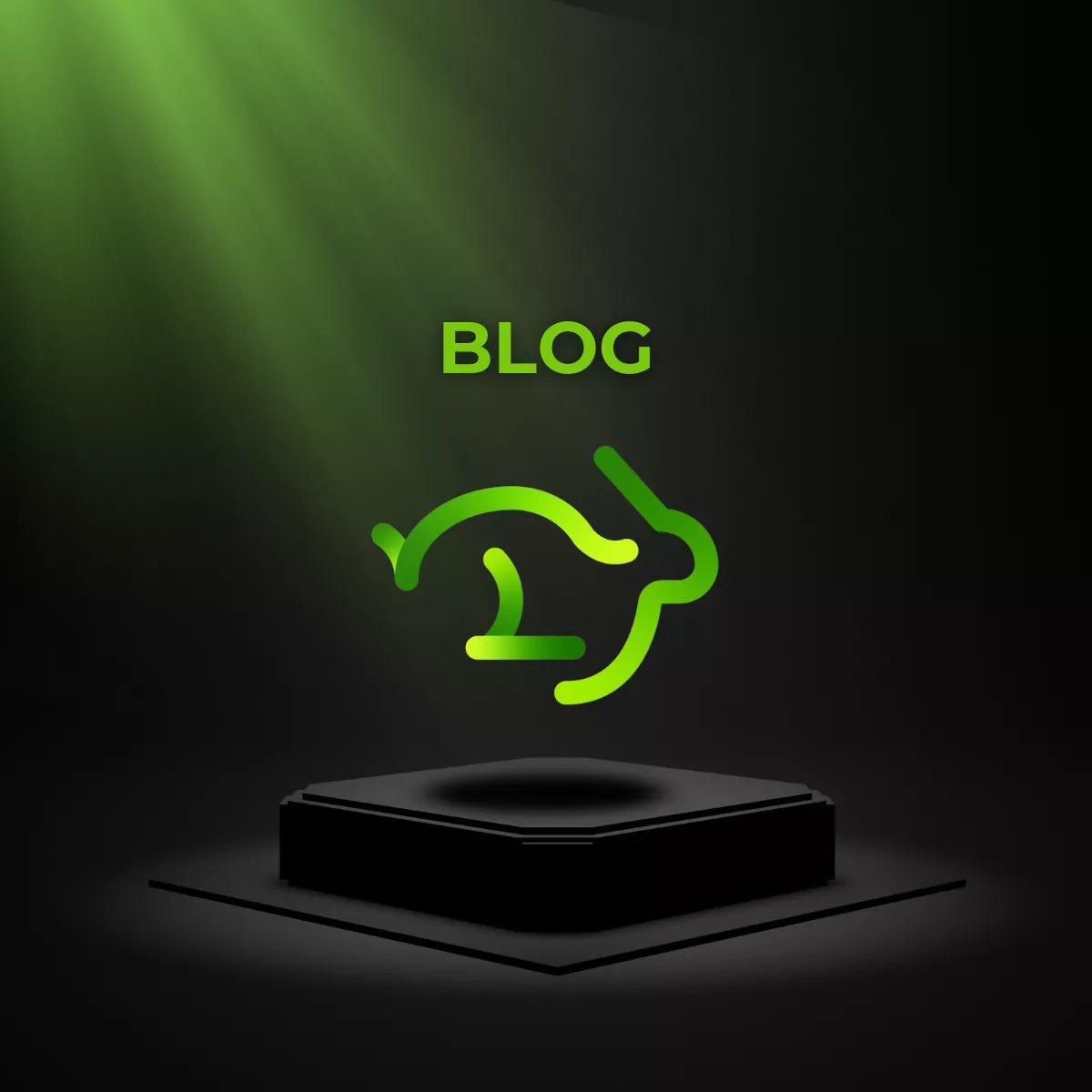
WordPress is an extremely popular website building system, but over time, it accumulates a lot of unnecessary information in its database. This data, invisible to the site owner, slows down the site, increases server load, and can hinder its development. Regular cleanup is therefore not only advisable but essential if speed and stability are important.
Below you’ll find a description of the most common types of “junk” in WordPress.
These are remnants of plugins and themes – settings that have long since ceased to be used, as well as temporary data that should have expired but is still stored in the database. This excess unnecessarily burdens the system.
This is data once associated with posts, users, or comments that have been deleted. Without master records, metadata loses its meaning but remains in the database, taking up space.
Deleted content doesn’t disappear immediately – it goes to the Trash. This is useful if you accidentally delete a post, but if you don’t empty the Trash, its contents unnecessarily expand the database.
Every change to an article is saved as a new version. This allows you to restore the previous content, but over time, a huge number of copies are created that are no longer needed.
WordPress automatically saves draft versions of posts to protect content from loss, for example, when the browser crashes. The problem is that such drafts often remain in the database permanently, even if the post has already been published.
Spam filters work well, but comments marked as spam are still saved in the database. The same applies to comments moved to the Trash. If they are not deleted regularly, they become an unnecessary burden.
Sometimes user accounts remain in the database that have never been activated or confirmed. They have no value and can pose a risk of clutter and security vulnerabilities.
This temporary data is primarily used by plugins for caching. Once they expire, they should be deleted, but in practice, they often still take up space in the database.
WordPress has its own job scheduling system (Cron). When plugins are removed or change their behavior, they can leave behind jobs that never execute. These are unnecessary entries that slow down the schedule.
Some plugins create the same records in the database multiple times. Duplicate data has no value and only increases the database size and server load.
Why are customers often unaware of this?
Most website owners treat WordPress as a simple content publishing system. They don’t look at the database and are unaware that daily work generates hundreds of unnecessary records. Only when a website starts to slow down do they ask what’s causing it. Unfortunately, WordPress doesn’t automatically clean up this data, so manual cleanups or dedicated plugins are necessary.
Benefits of cleaning the WordPress database
Your website ranks better in Google thanks to faster load times.
Summary
WordPress is a powerful tool, but like any system, it requires maintenance. Regularly deleting old features, revisions, drafts, expired transients, and orphaned metadata helps keep your website in tip-top shape. It’s like cleaning your office – if you do it regularly, work runs more smoothly and without problems.
Therefore, it is worth introducing database cleaning as a permanent element of website maintenance.